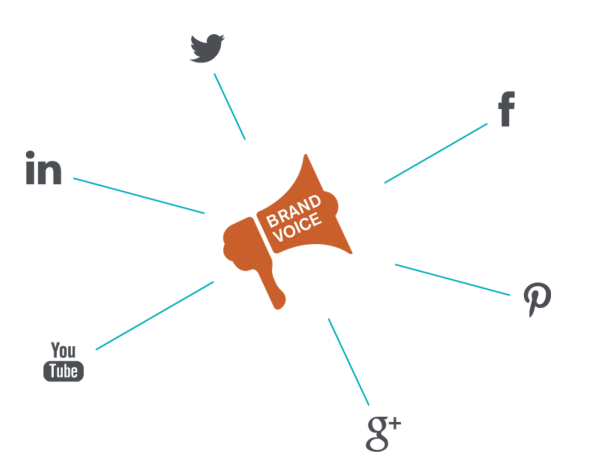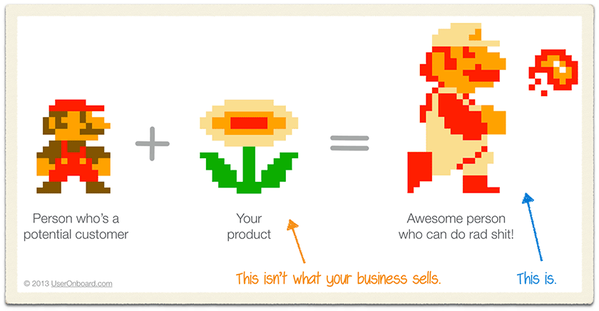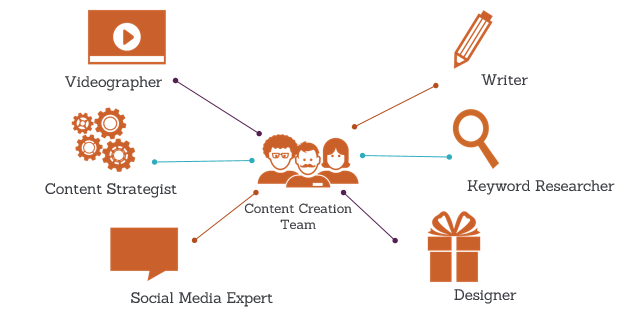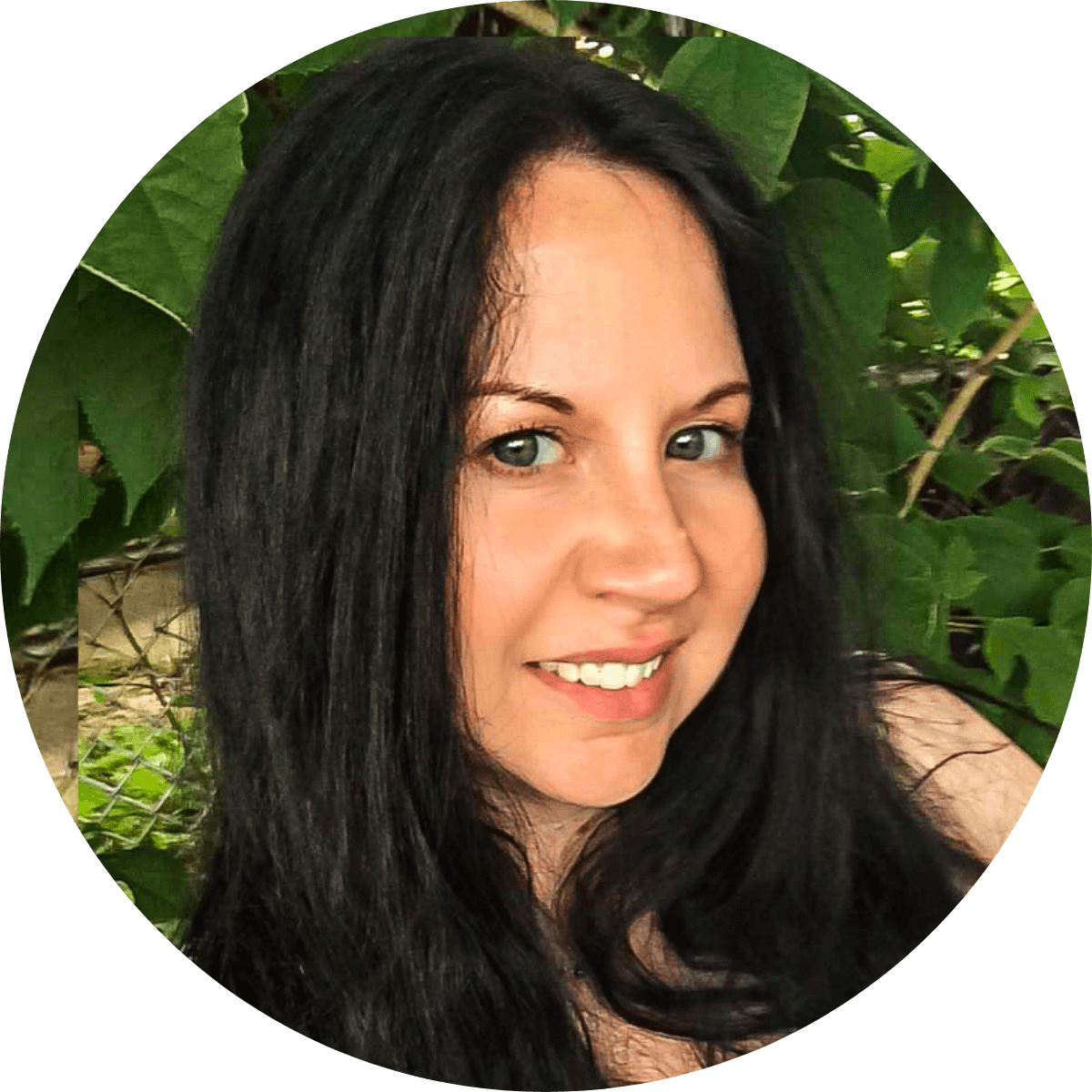76% of digital marketers believe that marketing has changed more in the past two years than it has in the last five decades. (Source: Quartz)
Once upon a time -- maybe three-to-five years ago -- it was easy just to focus on building links. It was as simple as plunking your brand’s URL into a directory and watching the keyword rankings come in.
Today, digital marketing has evolved and requires a far more nuanced approach. Bringing organic traffic to an asset calls for more than just simple cut-and-paste tactics. It doesn't just require a well-thought out strategy executed by a team of people comprised of varying skillsets. It also calls for digital marketers to build trust and relationships with journalists, writers, bloggers, and users on social media.
We recently spoke with Seer’s founder, Wil Reynolds, who gave us insight into the not-so-distant past of SEO and where he sees the far-less-siloed Digital Marketing arena evolving within the next few years. Wil also shared the impetus behind the creation of the Pinterest Guide for Marketers - a content project that put this vision of evolution into practice and helps prove what happens when you assemble a team of individuals from varying marketing backgrounds.
We dug deeper to compile lessons learned from this asset gaining traction as an authoritative guide within a matter of months of its release.
A More Personalized Approach to Digital Marketing
Greater connectivity among devices and people has rapidly encouraged a more personalized shift in marketing in the last two years. In response, successful marketing agencies are crafting campaigns and assets that speak to the wants and needs of individual users, not just blanket solutions to an overarching demographic.
Additionally, the goal of agencies and their clients is to create more meaningful partnerships with users and customers. It’s a symbiotic relationship that helps provide greater insight into services and thoughts on a given brand -- and in turn, drives future business growth.
It all comes back to people...Building great content that gains traction is not about building links - Wil Reynolds
“It’s about building relationships with journalists. Help them out on HARO. Offer them advice and quotes,” Wil said.
Meaningful relationships with brands, publications, and influencers build trust with others, creating not just a less-siloed approach to creating assets, but an approach that reverberates throughout the entire media community -- from marketers, to journalists, to users online.
Today’s digital marketers require a far more disciplined approach to creating content. Not only do they have to learn to produce great content (enlisting the help of content strategists, designers, videographers, and writers), they also need to learn the art of writing a pitch that editors and influencers will respond to, as well as what people share on social media.
“Back then, I didn’t need to worry about social media,” continued Wil. “Today, I need to worry about people on social, that, if they like [content], they share it. Because if they share it, it sends signals to Google. But more importantly, the people who didn’t originally see [that content], will look at it and say, ‘This was good."

When users share a piece of content, it further improves its reach and strengthens user signals back to Google. The more people who see a piece of content and engage with it, the more favorably Google looks upon it.
Beyond the strategic, creative, and social components of creating a piece of meaningful content, digital marketers also have to learn to how to combine technical aspects with creative to develop better pieces of content. They need to know how to perform keyword research - not just to rank highly on Google, but help drive the creation of an asset based on the questions users most want answered -- and how those answers to their questions can help make them better at their job, at life, or push them along their way to achieve a goal.
It's not about selling a service or a product. It's about speaking to your audience in a way that resonates with them. When you capture their attention, you stand to capture their loyalty. As Buffer's Belle Beth Cooper mentioned in a recent article, "People don't buy products, they buy better versions of themselves."

Source: Users on Board
Wil noted that this system of “SEOs pulling the same old levers and then wondering, ‘Hey, I’m doing what I always did. Why aren’t I getting the same results?” has to stop. A more cohesive, more collaborative approach needs to be taken to create assets that yield show-stopping results.
In order to prove his theory, Wil had a plan.
Experimenting With Content & Breaking Down Silos
As many digital marketers can attest, it’s not always easy to get a client, or C-Suite Executive on board with a new idea. Sometimes, it requires a bit of persuasion to show them that they can create something great if they veer away from the tried n’ true … Because what may bring results today, can stagnate tomorrow.
“I can sit around and complain that some clients don’t get it. That they don’t see the silos,” said Wil. “But I said, ‘Screw that!"
Why don’t we build something so we can show clients what it’s like when the silos are broken down? - Wil Reynolds
"And when we show them that, yes, this thing ranks; yes, it’s got great user signals; and yes, it’s taking off socially; and yes, we had to have people pour their hearts and souls into this content… You can show them something,” Wil said.
The concept of building great content and expanding upon it is something bloggers and journalists across a broad spectrum of industries have embraced for some time. The internet is loaded with examples of content in the wild that stands as an authoritative guide that covers every single aspect of a subject. For instance, The Food Lab's Definitive Guide to Grilled Steak. The guide touches on everything from cuts of meat to optimum grilling times, teaching even the novice griller how they can become an expert. If new information surfaces on how to grill a better steak, rest assured... This guide would have it.
Creating online content that was meaty (pardon the pun) and substantial was something that resonated with Wil.
As a result, Seer’s Guide to Pinterest for Marketers was born.
The guide was a Seer Labs undertaking, part of an internal initiative to test out theories, develop new skills, and give Seer teammates a chance to experiment, create new things, and share their findings with others.
The decision to put 200+ hours of effort into this asset was due to the Seer team noticing that Pinterest was a social media platform that was driving a lot of revenue for clients. There was also significant search volume around Pinterest guides. While there were already several Pinterest guides on the internet, none were as comprehensive or in-depth that spoke to how businesses could use this platform to their advantage. Seer thought it would be valuable to users to create something that answered this need.
Since its launch in May 2015, the Seer Pinterest Guide for Marketers has become one of the most searched-for branded terms for Seer, having cracked the Top 10.
“They’re not searching for any Pinterest guide. They’re searching for our guide,” said Wil. “This is is why our Labs are so important to me at Seer,” he continued.
I always want us to be looking at what's next, what's coming down the pike, and how we can prepare our clients for that reality. - Wil Reynolds
"If we want to do that, we have to run a lot of tests to vet so that we can be in that position when that time comes. The Lab is super important to us to be able to lead our clients through the changes. Sometimes we try stuff in our Labs and it totally fails. And other times, it does what happens with the Pinterest asset and it takes off, ” said Wil.
Adding a Human Element to a Data-Driven Approach
While it was easy to see the unanswered need for a guide of its kind, it was still a long, hard road to create the asset. It was not simply a one-man job.
Rather, the effort was the result of the combined talents of members of Seer’s team to work together to create a super-sized asset. To build Seer’s Pinterest Guide for Marketers, Seer Labs required help from members of the SEO team to research the keywords people were searching for, content strategists, and in-house writers, graphic designers, and video content enthusiasts to shape the asset in a way that would make audiences respond. Once the asset was created, there was also a need for a social team to promote it via Twitter and Facebook within the first few months of it going live.

To ensure the asset was successful and answering the questions Seer hoped it would, the decision was made to add Inspectlet to the design. Inspectlet is an app that observes how users engage with a piece of content, serving as a “heatmap” to see how far users scroll, where their mouse travels, links they click on, and lends insight into where users are dropping off from the content. While the process to create the Pinterest Guide was very data driven and methodical, the information culled from Inspectlet ensured that a human element was present and that the asset was achieving what it set out to accomplish.
Team members devoted hours of time to the project, separate from their own daily workloads. It would have not only been impossible for one person to handle the project due to sheer hours alone, but the multi-disciplined approach required to make the Pinterest Guide successful would have been very difficult to execute if it lived solely within a single silo. It became a group effort to see this project through and to make sure it was found and embraced by those who needed it most.
“I think it’s unfair for people in agencies to say to clients, ‘Well, just trust us. This is the future and this is the way things should go... Why don’t we show a client what it looks and feels like when we hand something across a desk and say that we did this for ourselves. Instead of producing 50 blog posts in 200 hours, we produced one post in 200 hours. We’re not just saying they should do it, but then not doing it for ourselves and our own business. And that gave us a platform to show them what’s possible when you do something like this.”
Building Off of a Beachhead Brand Asset
Currently, Seer’s Pinterest Guide for Marketers ranks among the Top 3 search results for “Pinterest guide.” No outreach was conducted and no linkbuilding efforts were conducted around the project. It became popular via organic search and users sharing it on social media.
With an in-depth asset already existing online, Wil mentioned that it would be easy to perform “maintenance” to ensure it stays relevant to users. “If I wanted to do a piece on Promoted Pins, I could probably write an hour-long blog post and it will probably rank in the Top 1, 2, or 3 spots, because the main asset that it would be linked from has sent so many signals to Google that it’s really strong, everything we now do from that has a huge propensity to rise.”
In need of a little more (P)inspiration? Stay tuned for a future post on the Seer blog that will talk about some of the team's lessons learned from the creation and unleashing of the Pinterest Guide for Marketers.



